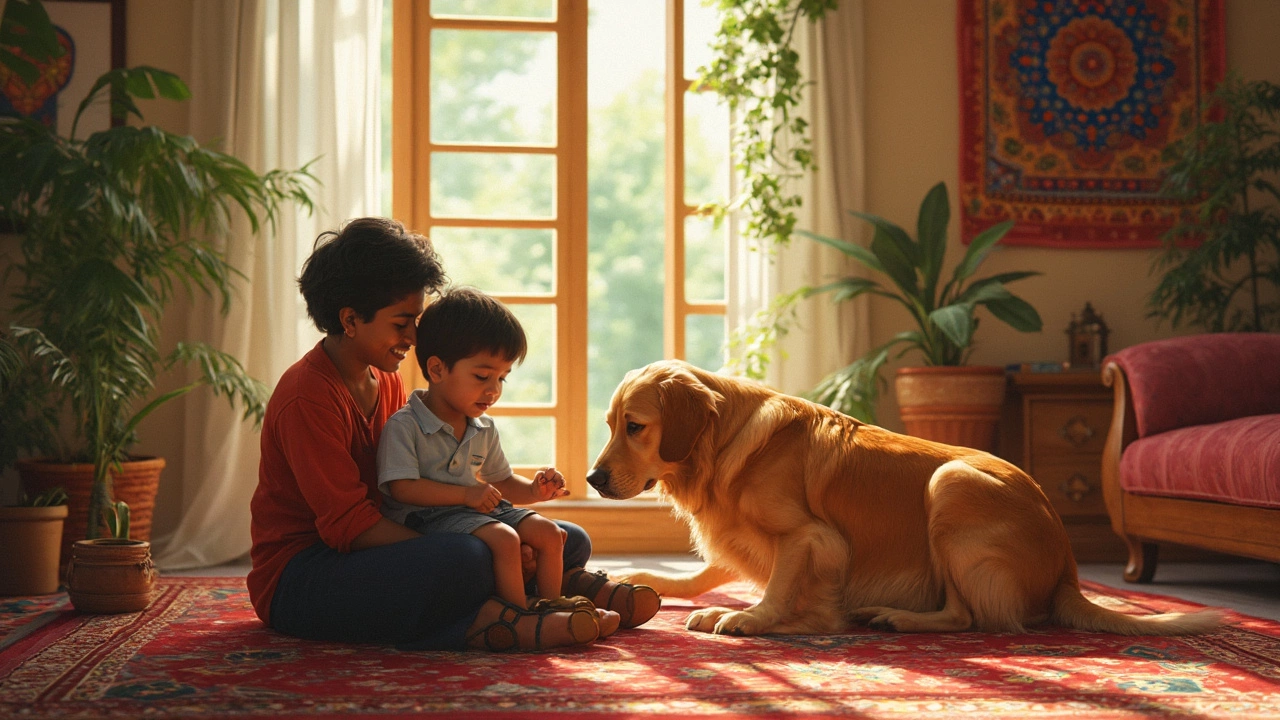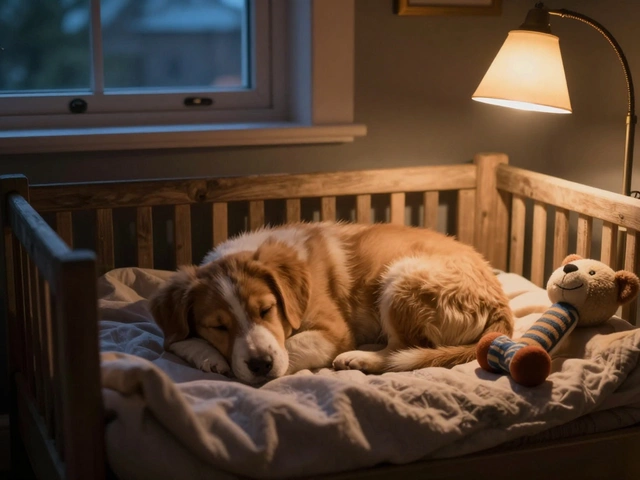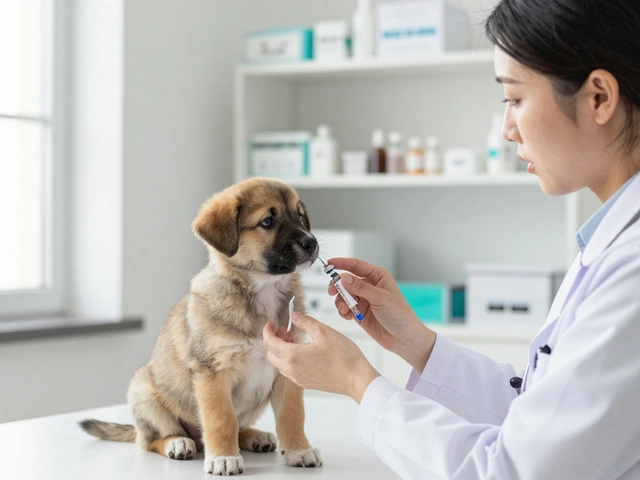Dog Communication: Read Your Dog’s Signals Easily
Ever wonder why your dog stretches the moment you walk in the room? That little move isn’t just cute—it’s a signal. Dogs talk with every wag, tilt, and ear twitch. If you catch the meaning, you’ll know when they’re happy, stressed, or trying to tell you something important. Below are the most common cues and how to react.
Common Signals and What They Mean
Tail wagging isn’t a one‑size‑fit word. A loose, wide swing usually means your dog is relaxed and excited to see you. A rapid, stiff wag can signal arousal or even anxiety, especially if the rest of the body is tense. Watch the whole picture before you assume the mood.
Stretching when you arrive often means your pup is greeting you with a “welcome back” stretch. It’s a sign of affection and a way to release built‑up tension. A quick belly rub after the stretch can deepen the bond.
Ear position tells a lot. Ears forward and perked up show curiosity or interest. When the ears flatten against the head, the dog may feel scared or submissive. Pair this with a soft voice to calm them.
Eye contact matters too. Gentle, relaxed eye contact means trust. A hard stare can be a warning, especially if the body is stiff. If you catch a nervous glance, give them space and a calm tone.
Yawning and licking lips often appear when a dog is stressed, even if they look calm on the surface. These are calming signals. Pause the activity, speak softly, and offer a treat or a short walk to ease tension.
Tips to Improve Your Communication
Start by matching your energy to your dog’s. If they’re calm, keep your voice low and movements slow. When they’re excited, join the play but stay in control—don’t let the excitement turn into a jump‑on‑you scenario.
Use consistent cues. A simple “sit” or “stay” paired with a hand signal helps dogs link the word to the action. Consistency reduces confusion and builds confidence.
Pay attention to context. A dog might stretch because they’re ready to go outside, not just because they love you. Look at the surrounding situation—door open, leash in hand, or new people nearby—to get the full story.
Reward good communication. When your dog shows a calm sign after you’ve used a soothing tone, give a treat or praise. Positive reinforcement teaches them that the way they signal leads to a good outcome.
Finally, don’t ignore the subtle signs. A slight shift in weight, a whine, or a quick glance can be the first hint that something’s off. Acting early prevents bigger issues like anxiety or aggression.
By learning these simple cues and reacting appropriately, you’ll make everyday interactions smoother and build a stronger, happier relationship with your dog. Keep watching, stay patient, and enjoy the conversation that never uses words.

Understanding Why Your Dog Puts His Paw on You
Dogs have unique ways of showing their feelings, and putting a paw on you is one of them. This gesture can mean several things, from expressing affection to seeking attention. Understanding your dog's behavior can strengthen your bond and improve communication. Learn about possible reasons for pawing and how to respond appropriately. Discover how your dog's choice of bed can affect his behavior.
read more



